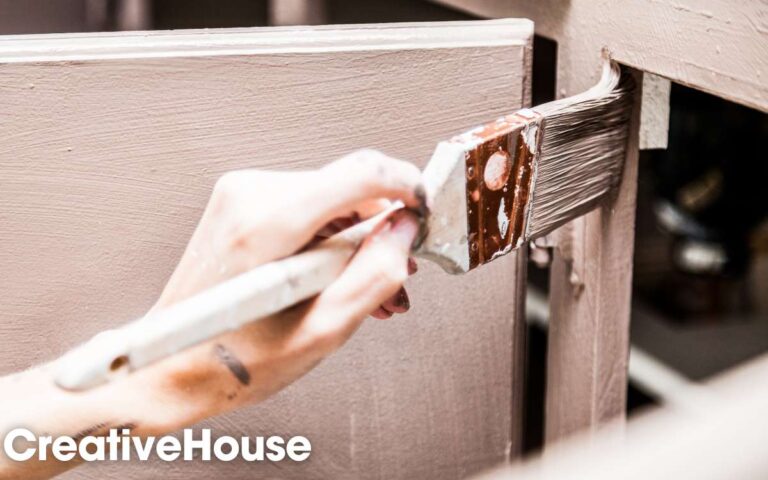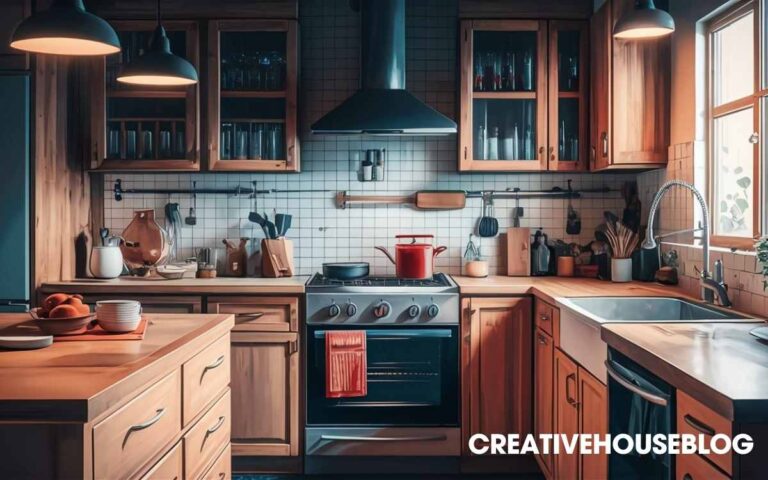We often complain about the measurement system of commercial kitchens from YouTube or television programs as they go very fast. We get confused with how many grams are in a cup, or how many tablespoons of sugar or salt we need.
Also, understanding how to convert measurements is crucial for everyday cooking. Thus, whether you’re a beginner or a seasoned cook, explaining the basics of kitchen measurement conversions will help you cook or bake your favorite recipes with confidence and less error.
This article will offer straightforward and simple-to-follow basics of kitchen measurement conversions. Without further delay, let’s get into it.

How to Take Measurements for Cooking: Volume vs Weight
Again, how many ounces are in a cup? How many tablespoons are in half a cup? Converting measurements is a crucial skill for everyday cooking, whether you’re scaling up or downing recipes, but mentally doing the math while managing to avoid burning dinner can be nerve-wracking.
There might be a lot of misunderstanding over this measurement because ounces are to represent both weight and volume. Regular ounces serve to measure the weight of dry substances like flour and various types of sugar, whereas fluid ounces are used to measure the volume of liquids like milk or water.
A single cup of dry components may occupy the same amount of space yet weigh significantly less when transferred to a kitchen scale, even though one cup of liquid is about eight fluid ounces in both volume and weight. It is better to portion out ingredients using the right instruments because measuring can be so difficult.
Now you may wonder how you can take measurements. One thing that may surprise you is that measuring cups come in two varieties—liquid and dry.
Glass or plastic are the most common materials for liquid measuring cups, which display lines for several measurement units, such as fluid ounces and cups.
Additionally, they are often bigger to help stop liquid from splattering out. It is simple to measure precise proportions with dry measuring cups because they are made to level off and contain only the amount that is stated.
Kitchen Conversion Chart
Use the given simple measurement conversion chart or convert calculator for all your quick kitchen calculations, whether you’re converting cups to ounces or teaspoons to gallons:
| Cup | fl oz. | tbsp | tsp | pint | gallon | |||||
| 1/16 | 1/2 | 1 | 3 | 1/32 | — | |||||
| 1/8 | 1 | 2 | 6 | 1/16 | — | |||||
| 1/4 | 2 | 4 | 12 | 1/8 | — | |||||
| 3/8 | 3 | 6 | 18 | — | — | |||||
| 1/2 | 4 | 8 | 24 | ¼ | 1/34 | |||||
| 3/4 | 6 | 12 | 36 | — | — | |||||
| 1 | 4 | 16 | 48 | ¼ | 1/16 | |||||
| 2 | 16 | 32 | 96 | 1 | 1/8 | |||||
| 4 | 32 | 64 | 192 | 2 | 1/4 | |||||
| 16 | 128 | 256 | 768 | 8 | 1 | |||||
Explaining The Basics of Kitchen Measurement Conversions
Considering all the different measures involved, navigating the world of food can sometimes feel like a math class. To help you concentrate on the flavors, the following Kitchen Measurement Converter will serve as a reliable guide by minimizing the data.
Let’s see:
Teaspoons, Tablespoons, and Cups
1 tablespoon = 3 teaspoons.
For instance, you can use three teaspoons for the one tablespoon of sugar called for in a recipe.
1 fluid ounce = 2 tablespoons
If you are trying to make a cocktail recipe, you may need 2 ounces of lime juice, which is equal to 4 tablespoons.
1 cup = 8 fluid ounces
If you planning to have 2 cups of milk to make any dessert, that means it’s about 16 fluid ounces.
Scaling Up the Pints, Quarts, and Gallons
1 pint = 2 cups
While making a glass of smoothie, you may need 2 cups of milk or 1 pint of milk.
1 quart = 2 pints
Want to make soup? You need 1 quart of broth which is about 2 pints.
1 gallon = 4 quarts
Bring 2 gallons or 8 quarts of water for the family.
Comparison between Dry and Liquid Ingredient Measurements
It was previously noted that you need a dual set of measuring tools: one for liquids and another for dry components, to accurately measure items. Let’s examine how the measurement systems for liquid and dry tools differ from one another:
Tools for Measuring Liquid
To measure liquid ingredients such as milk, water, oil, honey, molasses, and corn syrup, measuring cups for liquids are perfect. They often feature a handle and a pouring spout, and they are constructed of clear glass or plastic.
They come in sizes of 1 cup,2 cups, 4 cups, or 8 cups. Having many sizes, such as this three-piece set, is useful.
Put the cup on a level serving tray to measure the liquid ingredients. Apply some cooking spray to the cup before adding any sticky ingredients, such as honey. Once you can see the quantity at your level, pour the ingredients.
Tools for the Dry measurements
You’ll need a set of measuring cups to measure dry ingredients that mound, such as brown sugar, flour, almonds, chocolate chips, sour cream, etc.
A set that includes a 1/4 cup, 1/3 cup, 1/2 cup, and 1 cup is what you need. Think of it as a bonus if the package includes additional measurements (1/8 cup, 2/3 cup, or 3/4 cup).
When using brown sugar, ensure to follow the recipe exactly. If the recipe calls for a “packed” cup, level the top of the cup after using the back of the spoon to push the brown sugar into it.
Tools for Measuring Small Amounts
It can be problematic to measure liquid or dry components in tiny amounts when doing so. Similar to measuring cups, measuring spoons have straight, level rims, but they allow for both liquid and dry elements.
Spoons measuring 1/4, 1/2, 1 teaspoon, and 1 tablespoon are typically included in the sets. 1/8 teaspoon, 3/4 teaspoon, or 1/2 tablespoon can be available as well in a set.
Explaining the Basics of Kitchen Measurement Conversions – FAQs
How do you convert kitchen measurements?
When scaling recipes, keep in mind that a cup is equal to 16 tablespoons, that a cup is equal to 8 fluid ounces, and that a quart is made up of four cups.
What are the 3 types of kitchen measurements?
Mass (weight), capacity (volume), and temperature are the three measurements that are most frequently employed in commercial kitchens.
How many grams are in a cup?
In the metric system, one cup is equal to 250 grams.
How do you measure spices?
To measure the correct amount of spices, consider the level of teaspoons or tablespoons.






